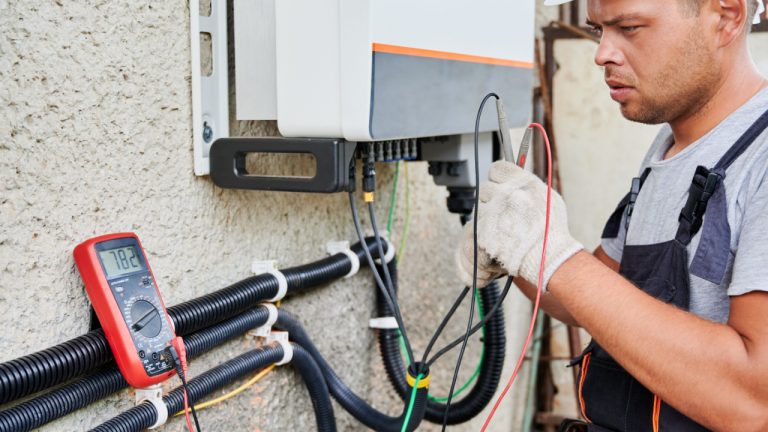Reddit’s recap avatars are about to drop
Reddit's recap themed avatars have just been created: the first one was minted by a Reddit dev. OpenSea collection: https://opensea.io/collection/reddit-recap-2022-x-reddit-collectible-avatars From the description: 2022 was bananas, and these Recap collectibles reflect how different redditors spent the bulk of their time. From Channel Surfers and Band Kids to Button Mashers and Students of History, there’s a…
Read more







